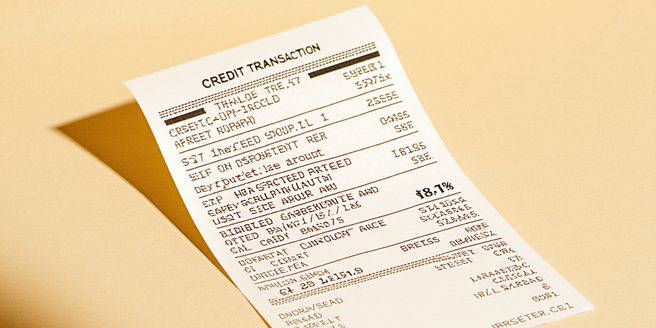
What is a Chargeback and How Does it Work?
A chargeback is a consumer protection mechanism within the credit card system. It allows cardholders to dispute a transaction and request a reversal of funds if they believe a breach has occurred. Chargebacks can occur due to unauthorized transactions, errors in billing, or dissatisfaction with a product or service. When a chargeback is initiated, the issuing bank temporarily credits the cardholder, removing the transaction amount from the merchant’s account. This process involves investigating the disputed transaction, which may require both parties to provide evidence supporting their claims. The outcome of a chargeback case determines whether the transaction gets reversed permanently and if the merchant must absorb the loss or if the original transaction is upheld.
Reasons Consumers File Chargebacks
Consumers file chargebacks for various reasons, ranging from unauthorized transactions to dissatisfaction with the goods or services received. In some cases, a charge may appear that the cardholder doesn’t recognize, leading them to dispute it as fraudulent. Additionally, billing errors, such as being charged twice for a single transaction, can prompt a chargeback request. The quality or non-delivery of products can also lead to disputes. If consumers feel misled by the product description or believe it’s defective, they may seek chargebacks. Often, chargebacks are filed when consumers feel their attempts to resolve issues directly with merchants were unsuccessful.
How to Initiate a Chargeback Request
To initiate a chargeback request, a cardholder must first contact their credit card issuer within a specific timeframe, usually 60-120 days from the transaction date. The cardholder should provide details of the transaction and the reason for disputing it. This process typically involves filling out a chargeback request form or contacting customer service via phone or a secure online platform. It’s important for cardholders to gather supporting evidence, such as receipts, transaction records, and communication with the merchant. Once the request is submitted, the issuer begins an investigation, temporarily crediting the cardholder’s account and notifying the merchant of the dispute.
Merchant Rights and Response to Chargebacks
Merchants, when faced with chargebacks, have specific rights to dispute the claims made by cardholders. They can provide evidence to the issuing bank to support the validity of the transaction. This evidence might include signed delivery receipts, transaction records, and correspondence with the customer. Merchants must respond within a specified timeframe, often 30 days, to contest a chargeback. If the evidence presented is compelling, the chargeback may be reversed in the merchant’s favor. However, successful defense requires detailed record-keeping and prompt action. Merchants should also implement practices to reduce the likelihood of chargebacks by ensuring customer satisfaction and clear communication.
Timeline and Process for Resolving Chargebacks
Resolving chargebacks involves several steps that can span weeks or months. After a consumer initiates a chargeback, the issuing bank assesses the claim and temporarily credits the consumer. The merchant is then informed and has the opportunity to contest the chargeback by providing evidence. The acquiring bank reviews this evidence to determine the chargeback’s validity. If the merchant’s evidence is compelling, the transaction may be upheld. Otherwise, the chargeback stands, and the merchant absorbs the cost. The entire process varies by the complexity of the dispute and the responsiveness of the involved parties, often resolved within 90 to 120 days.
Tips for Avoiding Chargebacks and Disputes
To minimize chargebacks, both consumers and merchants should practice diligent transaction monitoring and clear communication. Merchants can reduce chargebacks by ensuring transparent pricing, clear terms of service, and prompt customer service. Additionally, they should regularly update their policies to reflect changing market conditions. Providing detailed product descriptions and tracking information also helps. For consumers, it’s important to review billing statements regularly and communicate issues directly with merchants before initiating chargebacks. Retaining proof of transactions through receipts and confirmations can also support dispute resolutions. Merchants should invest in fraud detection tools and train staff to recognize and address potential issues before they escalate into chargebacks.
